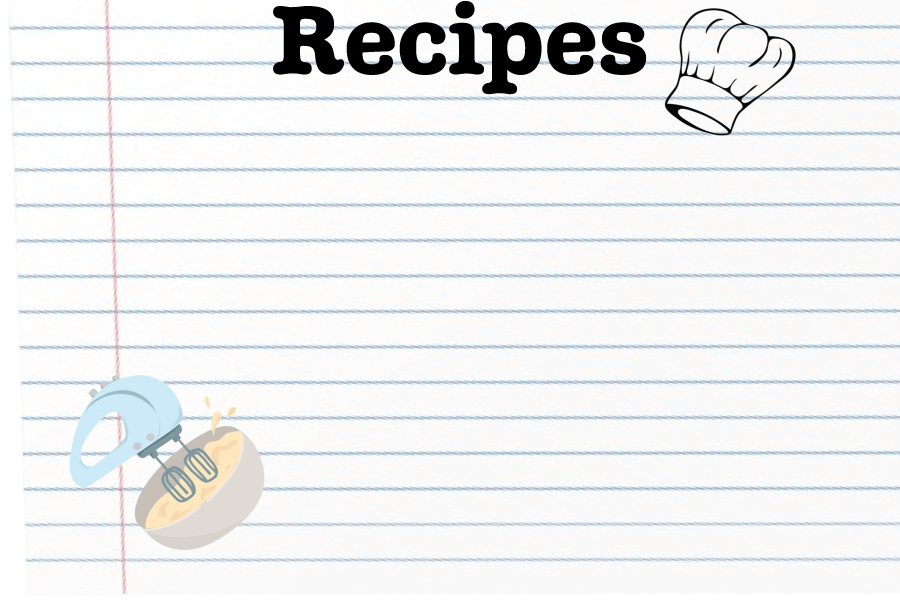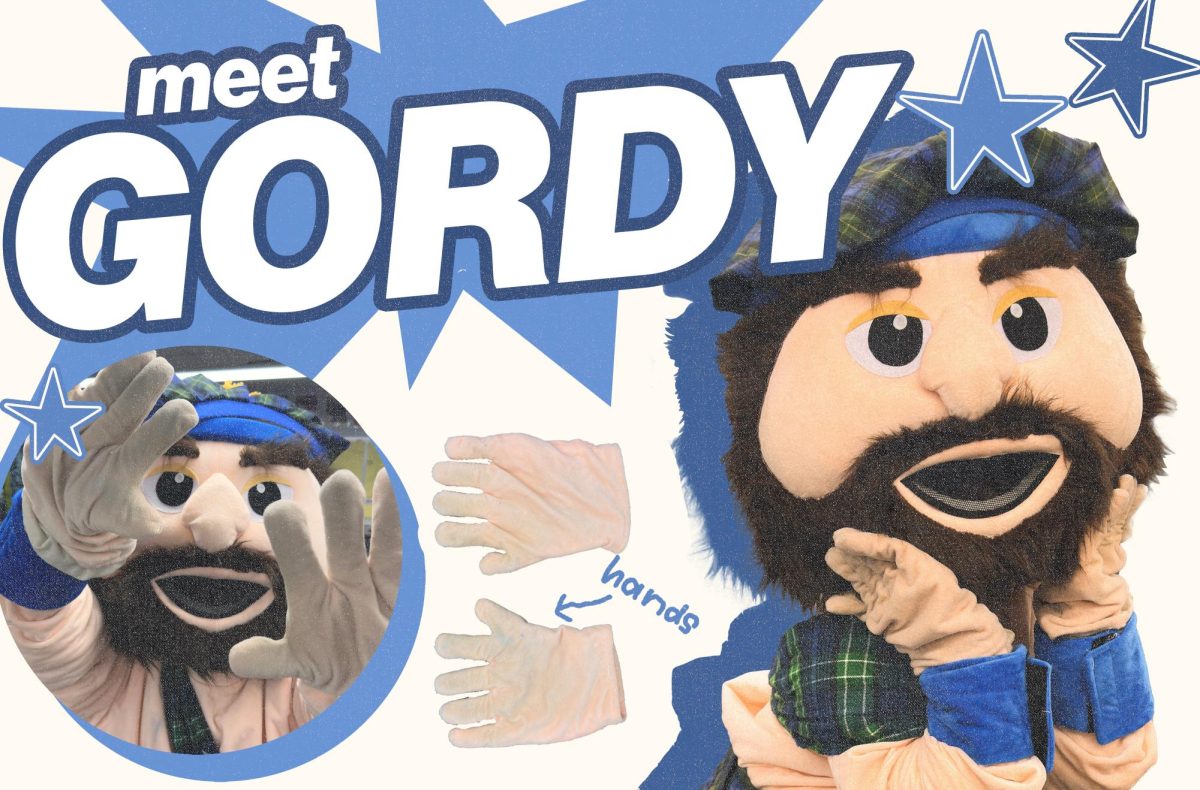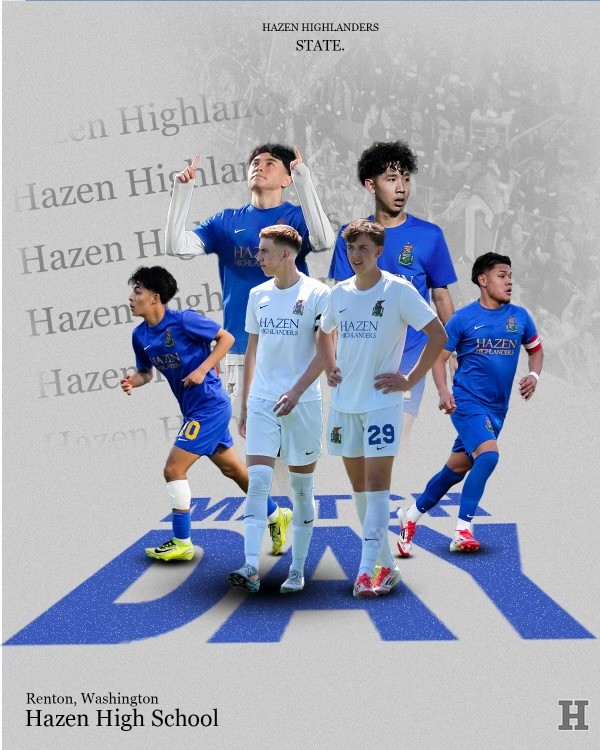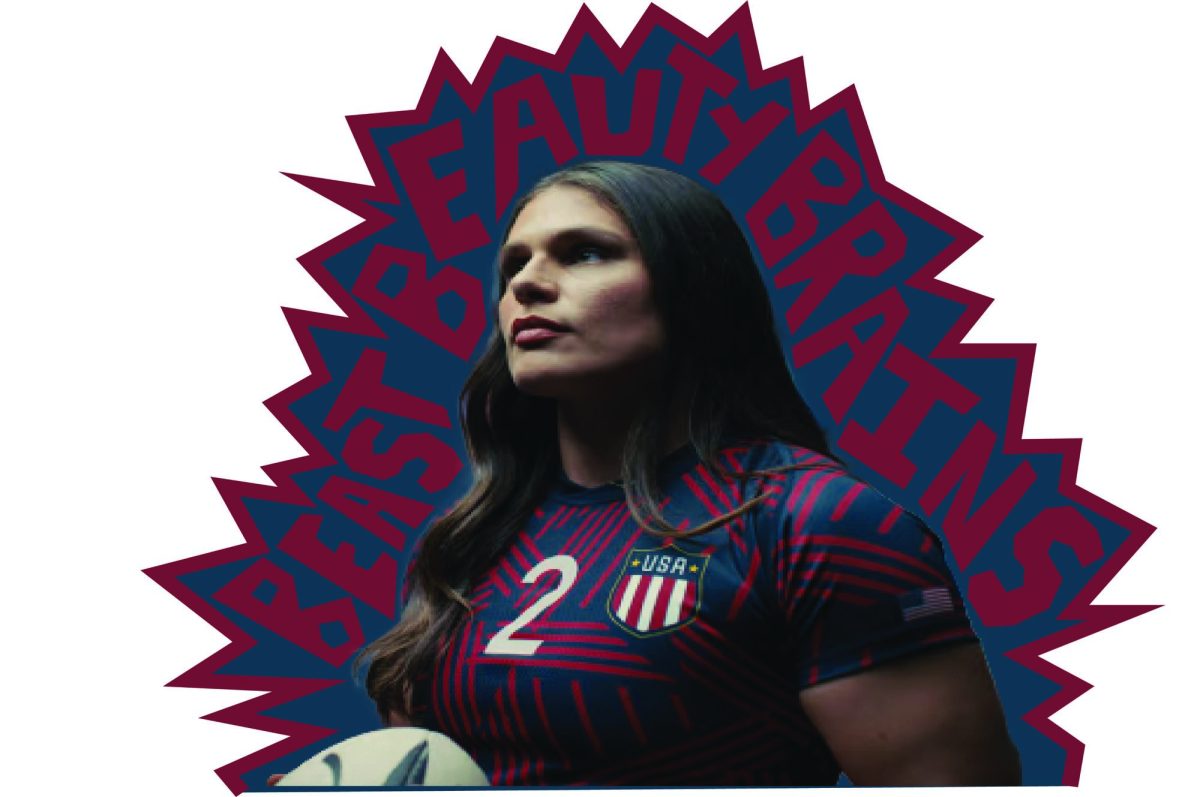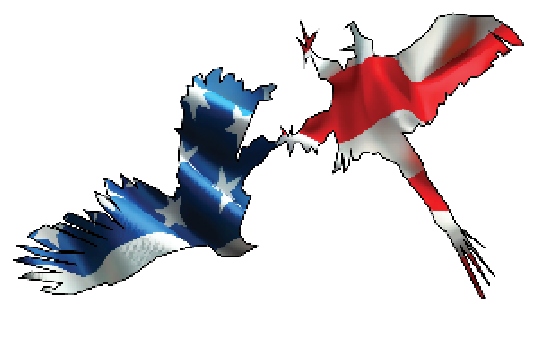Fantasy Football is one of the best ways to enjoy watching the NFL, as it makes the watching experience more fun and immersive and gives you something to look forward to three days out of the week. Today, 30 million people play fantasy football, and thousands more join every season. Playing fantasy football for the first time without experience can be overwhelming and confusing. This guide will help you understand how the game works and how to be the best at it!
Fantasy Football is a game where you are the coach and owner of your team. You draft just like the real NFL draft, taking turns between the 11 other friends or family members in your league to select skill position players to add to your team. You gain points every time the players you drafted throw, catch, run, or score points in their real-life games.
Most of the time in your fantasy football leagues, you have a roster of around 16-18 players, this can vary depending on the positions. In most leagues, the format looks like this:
• 1-2 Quarterbacks
• 2 Running-Backs
• 2 Wide Receivers
• 1 Tight Ends
• 1-2 Flexs
• 1 Kicker
• 1 Defense
• 4-6 Bench Spots
The goal of your bench spots is to have one backup of each position besides defense and kicker because you can pick them up on the Waiver Wire.
Drafting
Drafting is usually everyone’s favorite part of fantasy football, where you get your team for the rest of the fantasy season. ”I really gotta research each prospect and understand why I want them.” (Eli Campbell 10). You can choose from many types of drafts, the most common being Redraft, where you draft
your players for the 2024 season. If you want to continue with the same team that you draft, Dynasty is the mode for you. In Dynasty, you draft for the future, selecting younger players that will be in the league for longer, the year after you will draft the rookies coming out of college and into the NFL.
The last popular type of draft is called Superflex, In normal fantasy drafts, you have a “Flex” spot, where you can put a Wide Receiver, a Running Back, or a Tight End. But in Superflex, you can put any position in that spot, the most common strategy is to put a Quarterback in that spot because they can produce the most amount of points in a single game.
Drafting can seem overwhelming, but if you take your time and do your research it can be easy. The most common strategy for new players is to draft using “ADP” (Average Draft Position). This statistic gives you data on where everyone in the US drafts each player. For example, Miami Dolphins receiver Tyreek Hill’s ADP is in the first round with the second pick. You can use ADP as a guide but don’t stick straight with it, you can bend it to draft what your team needs.
Scoring Format
There are 3 main scoring formats, scoring formats are different ways the players can gain points. The scoring formats can change the amount of points scored in a match against one of your league mates. The most common is PPR (Points Per Reception) so every time an RB, WR, or TE makes a catch, they get a point. This format is very good for receivers, tight ends, and running backs who catch the ball a lot.
Half PPR is another format, this is the same as PPR but you only get half of a point per reception. This makes running backs more viable and effective.
Finally, there is Non-PPR which is good for any position that scores a lot of touchdowns, the best strategy in this format is to pick players that are in really good offenses and are projected to score a lot of points.
Besides those 3 formats, the scoring formats are very similar in all leagues. Touchdowns are worth 6 points, passing touchdowns are worth 4 points, 25 Passing yards are worth 1 point, 10 rushing yards are worth 1 point, and 10 receiving yards are worth 1 point.
Trading and the Waiver Wire are the second-most important things in fantasy behind Drafting. Just like drafting, making mistakes in the Waiver Wire and in your Trades can make or break your fantasy season. The Waiver Wire is where undrafted players go after your league finishes drafting, if someone on the waiver wire is doing good you can pick them up and put them on your team.
There are a few different types of waiver systems. Free Agent Acquisition Budget (FAAB) is the fairest, you get 1000 in-game dollars for the entire season and you can bid on players on the Waiver Wire. If you spend too much money, you won’t have any for the rest of the season, but if you spend too little, you might be outbid by one of your league mates on a player, so it’s a balance that you need to learn and understand.
The second fairest system is the Priority Systems which is very easy to understand. The team that is doing the worst in the league gets #1 Waiver priority, meaning whoever they bid on they will get automatically, then the second worst gets #2, and so on.
Trading is pretty self-explanatory, you can trade your players with another team in the league to help your needs. You might be wondering “Why would I ever do that?” Injuries are a big part of football and if someone goes down on your starting squad you could be at a significant disadvantage. So, to keep your team balanced or to improve your squad, you can trade with another league mate. Trading, if you’re new to fantasy, is very hard because you could be severely undervaluing or overvaluing players. There are lots of apps and sites that can calculate how fair your trade is. It is also good to ask some of your friends in different leagues their opinion if they think it’s fair. My favorite website for calculating trades is Rototrade.com but there are lots of other good sources.
Fantasy football can seem difficult and hard to learn, but with the right research and knowledge, it becomes easier to understand. You will understand it more and improve the more you play, and you will find strategies that you enjoy using. With these tips and strategies in mind, you’ll be well on your way to dominating your fantasy football league and making the most of every game day.














